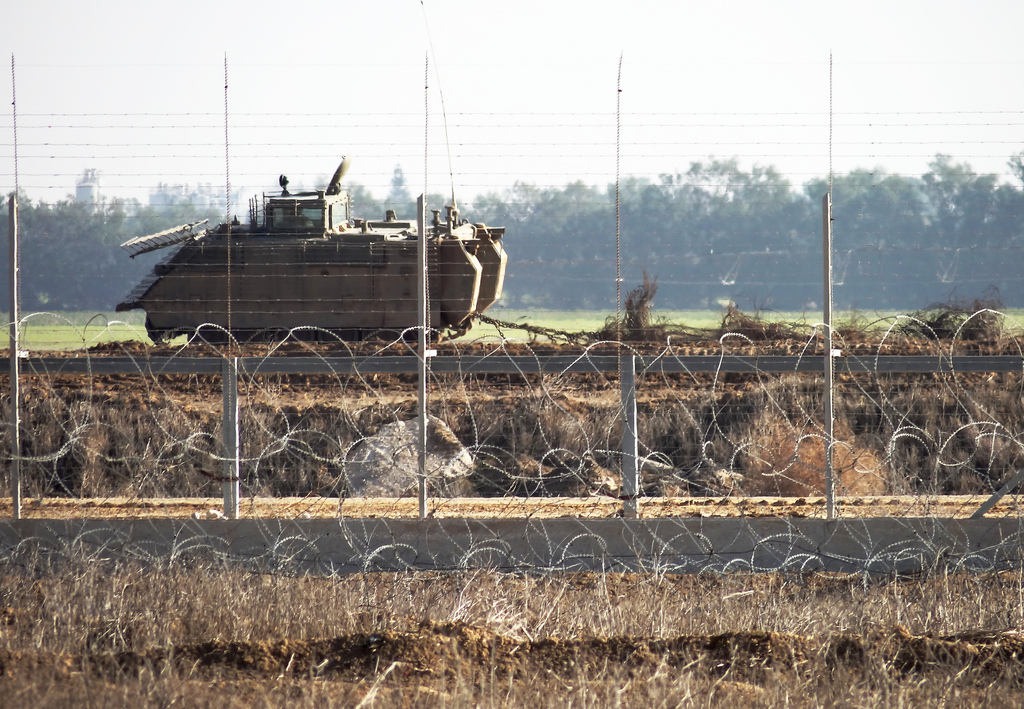Tag: Maghazi
-
Palestinian farmer injured by Israeli gunfire in the Gaza Strip
16th November 2013 | International Solidarity Movement, Rosa Schiano | Gaza, Occupied Palestine On Wednesday, 13th November, gunfire by Israeli occupation forces injured a Palestinian farmer near al-Maghazi refugee camp, in the center of Gaza strip. Mneifi Abu Abdullah, age 25, was working with three other farmers about 600 meters from the separation barrier. Abu…
-
Three protests in Gaza: Israeli sniper shoots Palestinian man, leaving him in critical condition
A 20-year-old Palestinian man, Sliman Abu Hanza, is in a critical condition in hospital after being shot in the abdomen with a ‘dum dum’ bullet at a demonstration in Al-Faraheen, Khan Younis, on Sunday. The injury was inflicted during one of three non-violent demonstrations which took place on Sunday; in Beit Hanoun, Maghazi and Faraheen…


